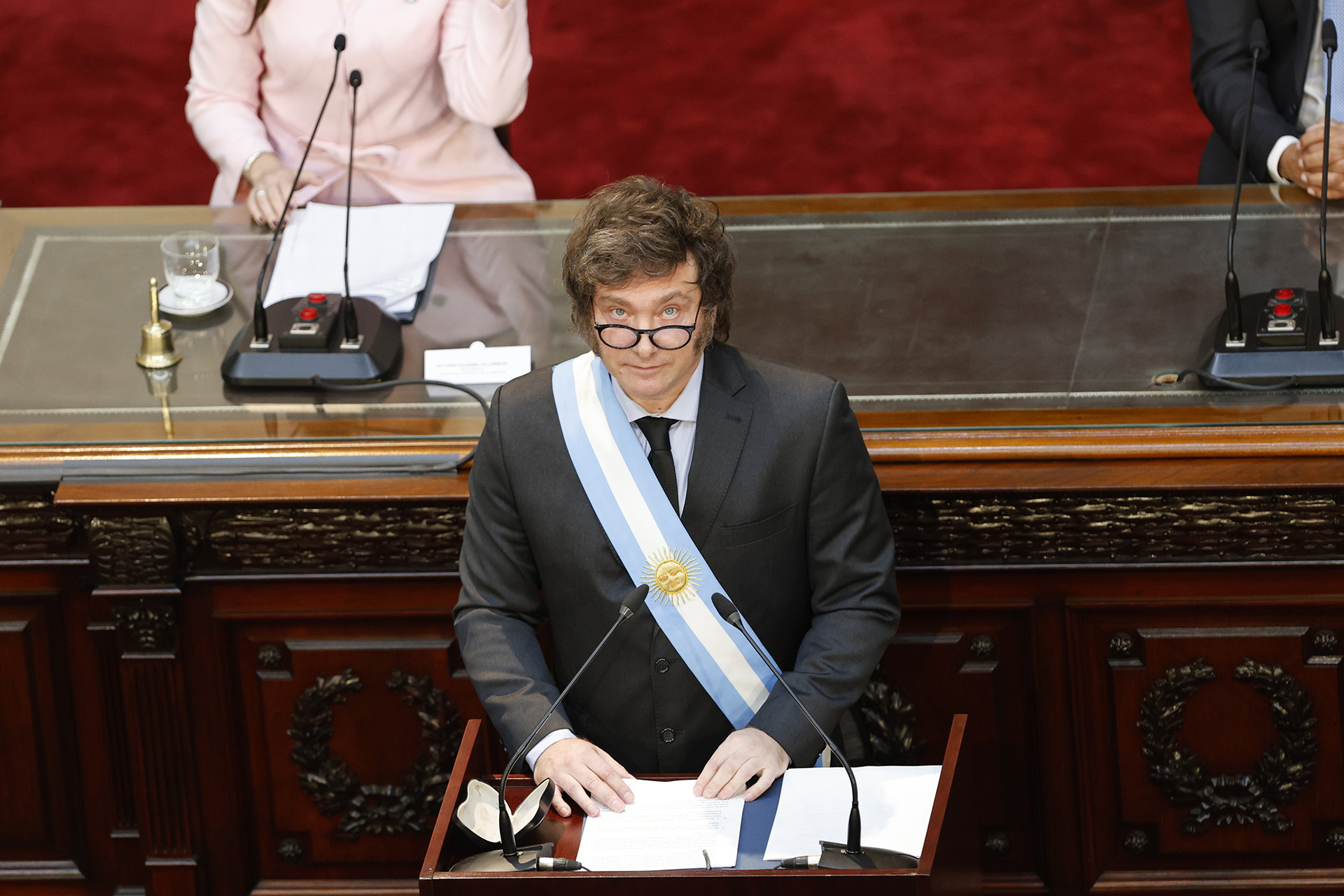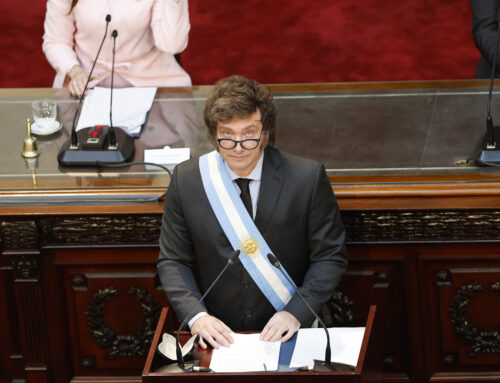Hours after the Decree of Necessity and Urgency (DNU) on the agreement with the International Monetary Fund (IMF) was announced, the President shared this column to explain his strategy for restoring the Central Bank’s balance sheet and putting inflation in the past.
Inflation is always and everywhere a monetary phenomenon caused by an excess supply of money, whether due to an increase in supply, a decrease in demand, or both. This reduces the purchasing power of money, meaning that all prices in monetary units rise. Moreover, this mechanism is not instantaneous, as monetary policy operates with a lag of approximately 18 to 24 months. In other words, given the demand for money, even if the money supply is fixed, inflation will take between a year and a half and two years to disappear. This situation becomes even more complex if, at the outset, there were quantitative restrictions in various markets combined with price controls, which create monetary surpluses, leading to a higher short-term inflation rate.
Additionally, the rate at which different prices rise (exchange rate, tradables, wholesale prices, retail prices, and wages) depends on the origin of the imbalance. Even in the absence of a monetary imbalance, relative prices tend to fluctuate for a given nominal scale of the economy. This means that when some prices rise, others must fall simply because the money supply remains constant.
While this explanation is theoretically and empirically robust, permanently solving the inflation problem requires a detailed analysis of how economic agents interact with the Central Bank and how these transactions impact their balance sheets. In other words, we must not only consider monetary flows but also stock levels.
The Central Bank’s balance sheet, like that of any economic agent, shows that its net worth results from the difference between its assets and liabilities. Imagine the last day of our physical existence—since money issued by the Central Bank has no purchasing power in the afterlife, everyone would liquidate their holdings before departing. If the Central Bank had a non-negative net worth at market value, it could redeem its monetary liabilities without triggering price shocks.
Conversely, if the Central Bank’s net worth were negative, its assets—many of which have a real value independent of the purchasing power of money—would necessitate an increase in price levels to dilute monetary liabilities and restore balance sheet equilibrium. The greater the deterioration of the Central Bank’s net worth, the higher the price level required to restore its balance. The long-term equilibrium price level, compared to the current level, reveals the economy’s underlying inflation rate.
Therefore, to end inflation, it is not enough to manage monetary flows—it is essential to restore the Central Bank’s balance sheet equilibrium.
Author: Javier Milei, President of Argentina







Leave A Comment